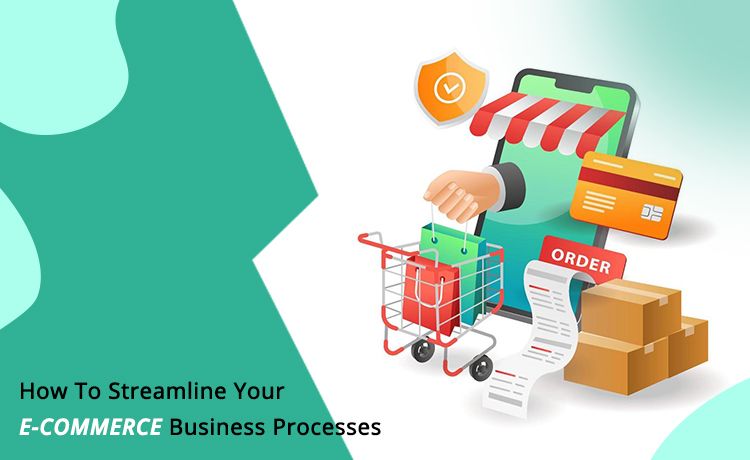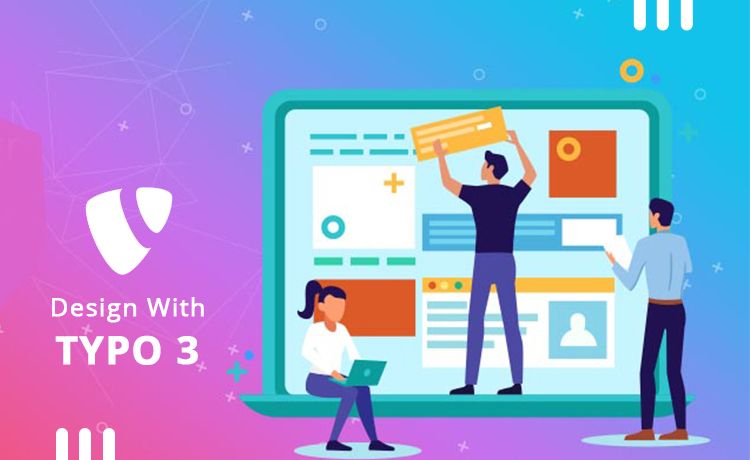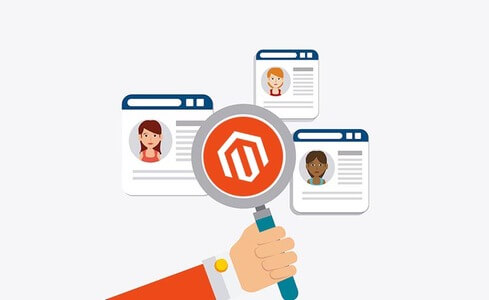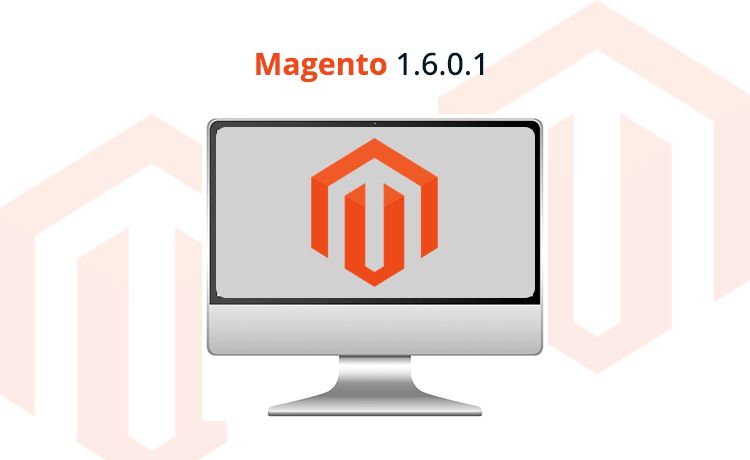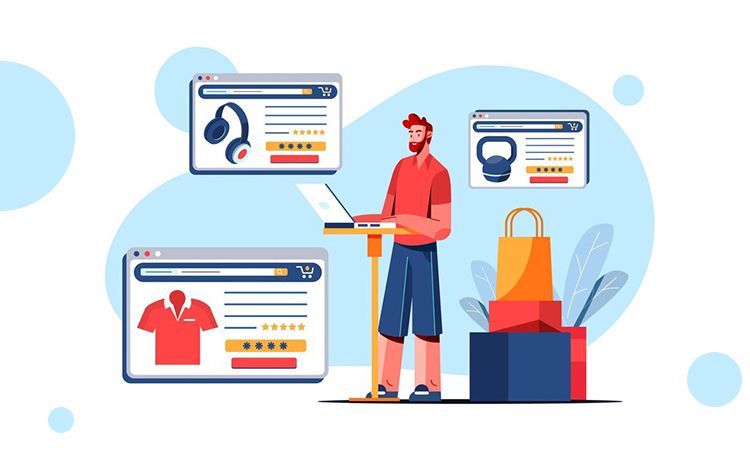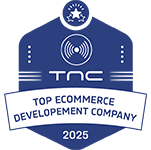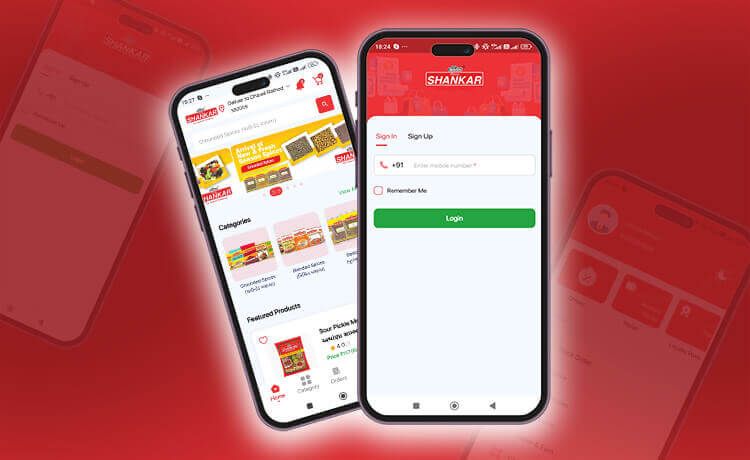There’s a strange consensus among the average shopper that running an online store is easy, that ecommerce is something anyone could just set up a website and do by Ecommerce Development Company. Things aren’t that simple though. There are a lot of bumps in the ecommerce road, and eventually, you’re going to realize those processes you’ve been sticking with since day one are actually holding you back.
Whether orders are getting out the door too slowly, customer queries left unanswered or content calendars never getting completed, here are some excellent tips for how software and tech can be utilized to streamline an ecommerce business.
Automate as much as possible
Automating tasks refers to using technology to perform tasks automatically, without the need for human intervention. In an ecommerce business, there are many tasks that can be automated, including email marketing, Ecommerce marketing, order fulfilment, and inventory management. Automating these tasks can help save time, reduce the risk of errors, and free up resources for more important tasks. Some examples of tools that can be used to automate tasks in an ecommerce business include email marketing software, inventory management software, and automated fulfilment systems. By automating as many tasks as possible, you can streamline your ecommerce business processes and improve your overall efficiency and effectiveness.
Use a customer relationship management (CRM) system
A customer relationship management (CRM) system is a software tool that helps businesses manage customer interactions and data throughout the customer lifecycle. This includes storing information about customers, such as their contact details, purchase history, and preferences, and using this information to provide personalised experiences. In an ecommerce business, a CRM system can help you keep track of customer interactions and data, allowing you to better understand your customers and provide them with personalised experiences. This can help improve customer satisfaction and loyalty, leading to increased sales and revenue. Some examples of CRM systems that can be used in an ecommerce business include Salesforce, HubSpot, and Zoho CRM. By using a CRM system, you can streamline your ecommerce business processes and improve your overall customer relationship management efforts.
Streamline your fulfilment process
Streamlining your fulfilment process refers to making changes to your order fulfilment process in order to make it more efficient and effective. In an ecommerce business, the fulfilment process involves receiving and processing orders, packing and shipping products to customers, and providing tracking information. There are several ways to streamline this process, including
Using a fulfilment service : A fulfilment service is a third-party company that handles the storage, packing, and shipping of orders on behalf of the ecommerce business. This can help reduce the workload and costs associated with fulfilment.
Implementing a system for organising and storing inventory : By organising and storing inventory in a way that makes it easy to locate and ship products, you can reduce the time it takes to fulfil orders.
Implementing a real-time inventory management system : A real-time inventory management system can help you keep track of your inventory levels in real-time, allowing you to avoid running out of stock or overstocking.
Offering multiple shipping options : Offering multiple shipping options, such as standard and expedited shipping, can help improve the customer experience and increase conversions.
By streamlining your fulfilment process, you can improve the speed and efficiency of getting orders to customers, leading to increased customer satisfaction and loyalty.
Optimise your website for mobile
Optimising your e-commerce website for mobile devices involves making sure that the website is easy to use and navigate on a smaller screen. Here are some steps you can take to optimise your website for mobile.
Use a responsive design : Make sure that your website automatically adjusts to fit the size of the device it is being viewed on. This ensures that users can easily read and navigate your website on their mobile devices.
Simplify your navigation : Keep your navigation menu simple and easy to use. Consider using drop-down menus or hamburger menus to make it easier for users to find what they are looking for on your website.
Optimise images : Make sure that your images are optimised for mobile devices by using smaller file sizes. This will help your website load faster on mobile devices.
Use large, easy-to-read fonts : Make sure that the text on your website is easy to read on a small screen. Use large, legible fonts and avoid using small text or text that is hard to read on a mobile device.
Use white space effectively : Use white space to separate different sections of your website and make it easier for users to read and navigate.
By following these steps, you can make your e-commerce website more user-friendly and easier to navigate on mobile devices, which can help improve the overall customer experience and potentially increase sales.
Consider using a third-party payment processor
Using a third-party payment processor can help streamline the payment process for your e-commerce business. A payment processor is a company that handles the processing of credit card and other electronic payments for merchants.
There are several benefits to using a third-party payment processor:
Security : Payment processors use advanced security measures to protect against fraud and keep customer data safe.
Simplicity : Payment processors handle all the technical details of processing payments, so you don't have to worry about setting up and maintaining your own payment system.
Compatibility : Payment processors are compatible with a wide range of online shopping carts and e-commerce platforms, so you can easily integrate them into your website.
Convenience : Payment processors allow customers to pay with a variety of methods, including credit cards, debit cards, and electronic payments, making it convenient for customers to make purchases.
By using a third-party payment processor, you can focus on running your business and let the payment processor handle the payment process, which can help streamline your e-commerce operations.
Use analytics and reporting tools
Using analytics and reporting tools can help you streamline your e-commerce business by providing valuable insights into your operations and performance.
Analytics tools track and analyse data about your business, such as website traffic, sales, and customer behaviour. This information can help you understand how your business is performing and identify areas for improvement.
Reporting tools allow you to generate reports based on the data collected by analytics tools. These reports can help you track key performance indicators (KPIs) such as sales, conversion rates, and customer retention, and can also help you identify trends and patterns in your data.
By using analytics and reporting tools, you can make data-driven decisions about your business and streamline your operations by focusing on the areas that are most important to your success. Some popular analytics and reporting tools for e-commerce businesses include Google Analytics, Mixpanel, and Tableau.
